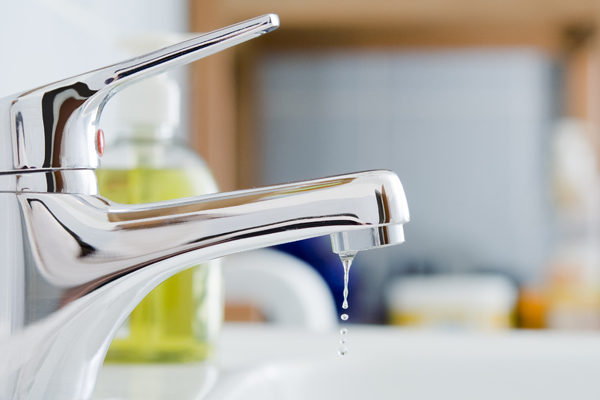Whether you got a deal for the Presidents’ Day long weekend, you’re taking the kids on a trip during their school vacation or you’re fleeing the cold for a break on the beach, February is a popular time to travel. But while you may be enjoying your getaway in flip-flops, your house may be withstanding sub-zero temperatures, putting your pipes in danger of freezing. We asked plumbing and cleaning experts what you should—and should not—do to protect your pipes and enjoy peace of mind when leaving your home in cold weather.
DOs
Do Leave A Faucet Running
Just a small trickle from the cold tap will keep water moving in your pipes, preventing a solid freeze in all but the most extreme cases, says Jeff Bell of Mr. Rooter Plumbing of Southern Massachusetts in Carver, Mass.
Do Keep The Heat Turned Up
Bell prefers a 60ºF setting to make sure a home’s coldest, draftiest corners stay warm, even if there’s no one at home. It may add to your energy bill, but it could save you thousands in water damage from a burst pipe.
Do Leave Cabinet Doors Open
You won’t be home to trip over them, so leave under-sink cabinet doors open in the kitchen and bathrooms. This will help keep warm air circulating around the pipes. (And if you’ve kept the heat turned up, the air in the rooms will be nice and warm.)
Do Thaw Frozen Pipes—Very Carefully
DON’Ts
Don’t Let Cold Air Into Your Home
Seal external openings, such as basement doors, windows and crawl spaces, with weather stripping, caulk and sealant. (Stopping drafts not only protects your plumbing, it will make your space cozier and more comfortable for you.)
Don’t Leave Hoses Connected
Ideally, you should drain sprinkler systems before the first freeze of the season. If you still have any hoses connected from fall gardening projects, disconnect, drain and store them, and shut off any exterior water spigots.
Don’t Leave Your Home Totally Alone
During particularly cold snaps, have a neighbor stop in a few times to visually inspect and operate each plumbing fixture, checking for water flow, and to make sure the heat is on.
Don’t Ignore The Signs Of A Frozen Pipe
“The average insurance claim for water damage from frozen pipes is about $15,000,” says Reed Mattingly of restoration and cleaning company Rainbow International in South Carolina. “If water starts leaking from a pipe after it gets warmer, [that means] the pipe has burst from the pressure. A pipe crack an eighth of an inch long can release more than 200 gallons of water daily.” Shut off the water supply to the broken pipe immediately to minimize damage and call a professional.
Fire, extreme weather, personal liability, theft—there are several situations to consider when shopping for insurance. Visit geico.com to find the right coverage for your home.
By Kristen Koch
Continue Reading … How To Slash Your Heating Bill
